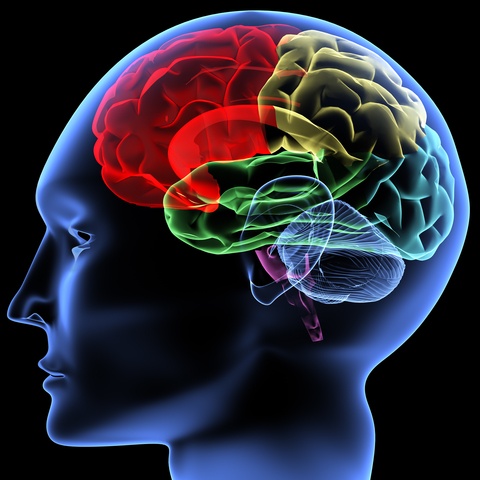 What is the GB Body of Knowledge (BoK)?
What is the GB Body of Knowledge (BoK)?
Similar to the different areas of the brain, there are different topics that a CSSGB must understand.
More plainly, this is the information that ASQ believes all Certified Six Sigma Green Belts should understand.
There are 6 “Pillars” (Categories/Topics) of information that ASQ has created to sub-divide the information into which are shown in the table below.
ASQ has also provided the number of exam questions that will be related to each pillar, these Topics are then further broken down into sub-topics along with the ASQ defined Cognition Level.
The 6 Pillars of the GB Exam
OVERVIEW
DEFINE
MEASURE
ANALYZE
IMPROVE
CONTROL
You can click on each pillar to find out more about its sub-topics.
GB BoK Changes in 2022!
The GB Body of Knowledge is changing effective August 2022!
The following table illustrates a big picture view of the comparison between the current (2014) and the new (2022) GB body of knowledge:

As you can see, the number of exam questions in the first three pillars (Overview, Define and Measure) are decreased from 59 to 51 questions.
In fact, here’s an entire video where I break down those changes!
And instead, the number of exam questions in the second three pillars (Analyze, Improve and Control) are increased from 41 to 49 questions.
Yellow Belt or Green Belt or Black Belt???
Have you ever wondered if Green Belt is the right thing to focus on??
Maybe you’re worried it’s to much and you should start with yellow belt.
Or Maybe you’re wondering if it’ll actually benefit your career and you’re thinking about just going straight to black belt.
If so, check out this video, where I walk you through the key differences in those certifications:
Levels of Cognition
In addition to content specifics, the subtext for each topic in this BOK also indicates the intended complexity level of the test questions for that topic. These levels are based on “Levels of Cognition” (from Bloom’s Taxonomy – Revised, 2001) and are presented below in rank order, from least complex to most complex.
Remember
Recall or recognize terms, definitions, facts, ideas, materials, patterns, sequences, methods, principles, etc.
Understand
Read and understand descriptions, communications, reports, tables, diagrams, directions, regulations, etc.
Apply
Know when and how to use ideas, procedures, methods, formulas, principles, theories, etc.
Analyze
Break down information into its constituent parts and recognize their relationship to one another and how they are organized; identify sublevel factors or salient data from a complex scenario.
Evaluate
Make judgments about the value of proposed ideas, solutions, etc., by comparing the proposal to specific criteria or standards.
Create
Put parts or elements together in such a way as to reveal a pattern or structure not clearly there before; identify which data or information from a complex set is appropriate to examine further or from which supported conclusions can be drawn.
External Links
The Current (2014) CSSGB Body of Knowledge
The New (2022) CSSGB Body of Knowledge
The Comparison Map between 2014 and 2022 CSSGB BOKs